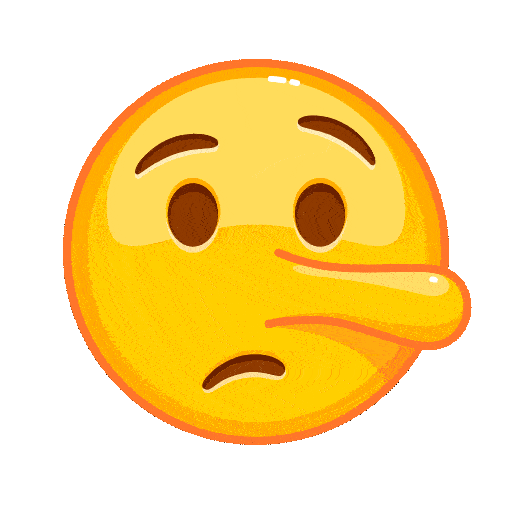If you’ve ever turned in an English assignment only to lose points for formatting errors, you're not alone. The MLA (Modern Language Association) format is one of the most commonly used citation styles in colleges — especially in humanities courses like English literature and writing. Mastering MLA formatting not only boosts your academic credibility but also helps you avoid plagiarism and present your research in a clean, professional way.
Whether you're working on an argumentative essay, a literary analysis, or a research paper, knowing how to use MLA format can make a huge difference. Let’s break it down so you can start formatting like a pro.
1. Understanding the Basics of MLA Format
The MLA 9th Edition is the latest and most widely accepted version. Here's a quick rundown of the key formatting rules:
Font Spacing: Use a readable font like Times New Roman, size 12. Double-space the entire document, including the works cited page.
Margins: Keep 1-inch margins on all sides.
Header: Include your last name and page number in the top-right corner of each page.
Title Block: On the top left of the first page, list your name, your instructor’s name, the course, and the date — all double-spaced.
Title: Center your essay title (no bold, underline, or italics) and use standard capitalization.
Paragraph Indents: Use a 0.5-inch indent for the first line of every paragraph.
Getting the structure right sets a strong foundation for the rest of your paper.
2. In-Text Citations Works Cited Page
One of the most important components of MLA formatting is proper citation — both in-text and on the works cited page.
MLA in-text citations use the author-page format. For example:
(Shakespeare 45)
If you’re referencing a source with no known author, use a shortened title instead:
(“Modern Writing” 23)
Creating a perfect works cited page can feel overwhelming, especially when you're juggling multiple sources — books, journal articles, websites, etc. That’s why many students seek support through English assignment help from MyAssignmentHelp, where experts can assist with proper citations, formatting, and overall paper structure. It’s a great way to make sure your references are spot-on and MLA-compliant.
A few tips for the works cited page:
Title it “Works Cited” and center it at the top of the page.
Alphabetize entries by the author's last name.
Use hanging indents for each entry (the first line is flush left, the rest are indented).
3. Citing Different Types of Sources in MLA
Here’s how to cite a few common types of sources:
Book:
Last Name, First Name. Title of Book. Publisher, Year.Morrison, Toni. Beloved. Vintage Books, 2004.
Website:
Author (if available). “Title of Web Page.” Website Name, Day Month Year, URL.Smith, John. “How to Write an Essay.” Myassignmenthelp.com, 12 Mar. 2022, www.myassignmenthelp.com.
Journal Article:
Last Name, First Name. “Article Title.” Journal Name, vol. #, no. #, Year, pages.Brown, Lisa. “Narrative Structure in Postmodern Literature.” Modern Fiction Studies, vol. 44, no. 2, 2020, pp. 150–168.
4. Final Thoughts: Don’t Let Formatting Drag You Down
MLA formatting might seem like a small detail in your English assignment, but it plays a big role in making your paper professional and credible. When in doubt, refer to the MLA Handbook (9th Edition) or reliable university guides for examples and updates.
And if you’re ever stuck or running out of time, don’t hesitate to reach out for expert support. With platforms like MyAssignmentHelp, you can ensure that your citations are clean, correct, and stress-free — so you can focus more on your ideas and less on formatting rules.







